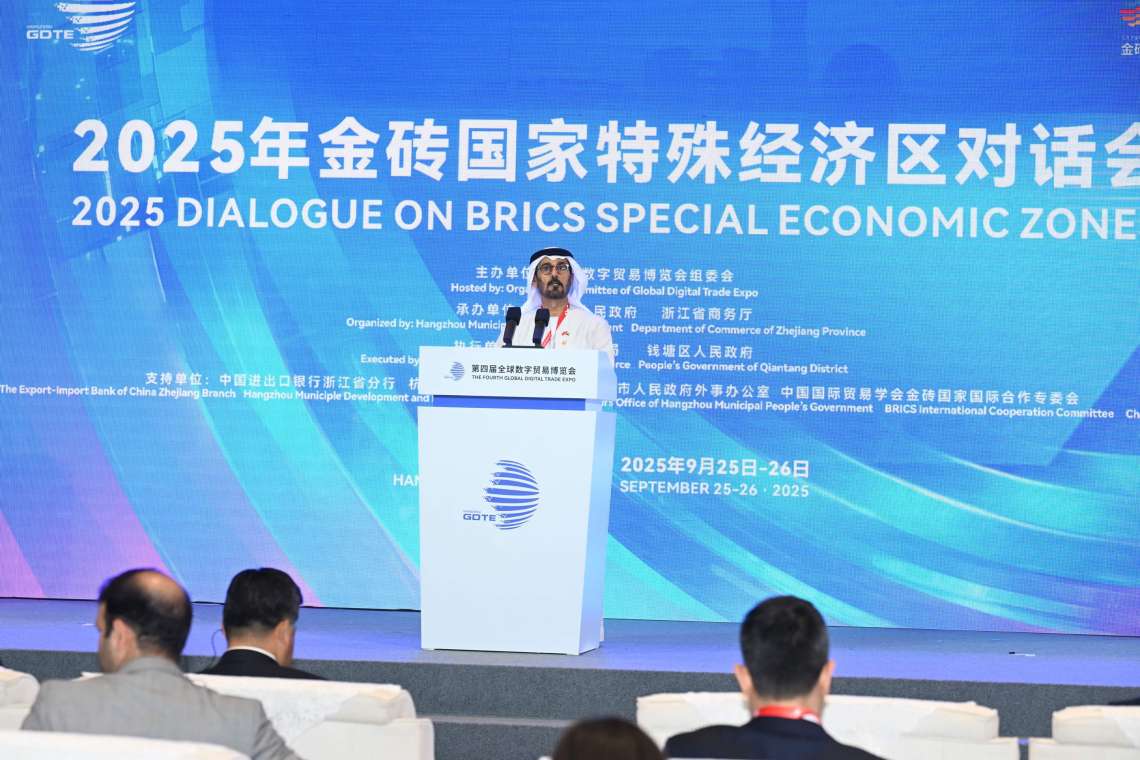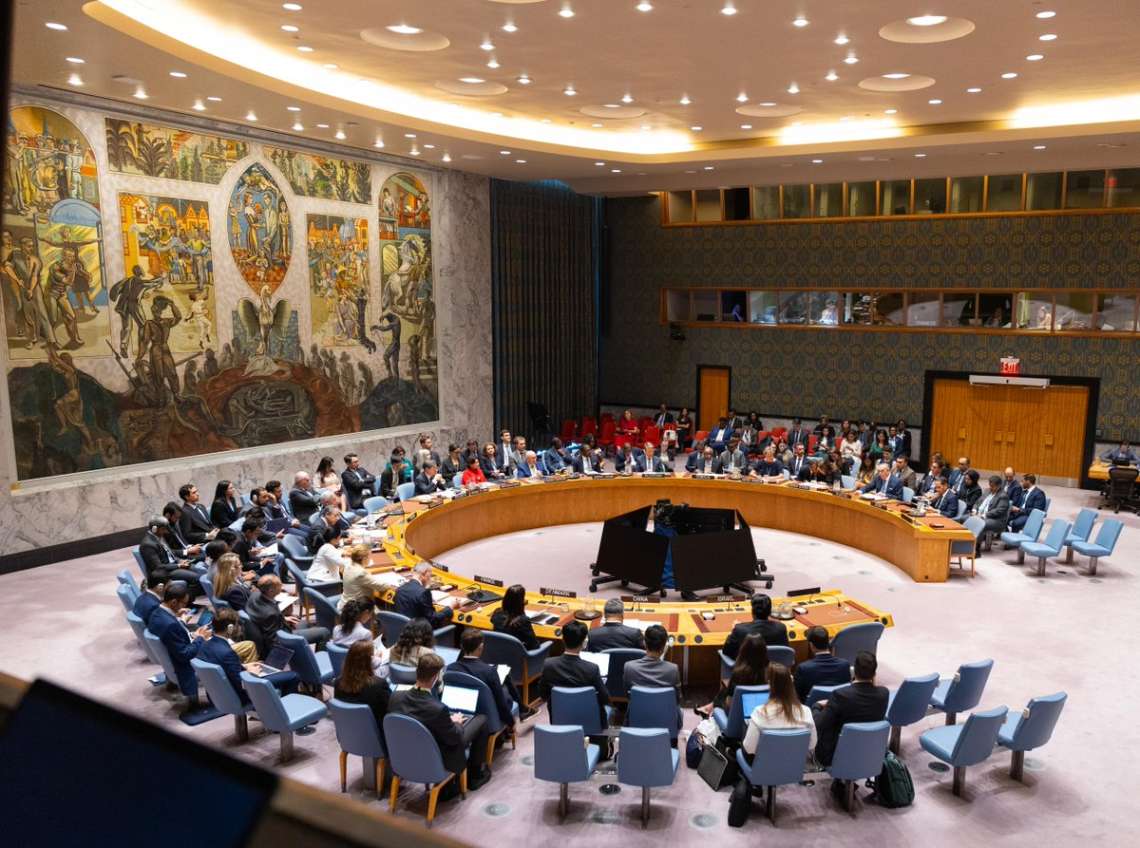Plastic pollution is a global scourge that we must all act on, and in so doing, we tackle climate change, we tackle biodiversity loss, and we tackled pollution and waste… Inger Andersen speaks with Vishal Gulati
xxx The world looks to India on several fronts. In recent years, it created a massive expansion in renewable energy. India’s effort at promoting LED lighting for example is a huge success story. This has brought big savings in power use, greenhouse gas emissions and household bills.
These were the views of United Nations Environment Programme (UNEP) Executive Director Inger Andersen in an exclusive interview with, a day ahead of the resumed fifth session of the UN Environment Assembly (UNEA-5) — the world’s parliament on the environment — that will see representatives of the 193 Member States of the United Nations, business leaders, civil society and environmentalists in Nairobi, Kenya.
The resumed session which will run till March 2 with countries attempting to find solutions to some of the biggest challenges facing the earth.
Praising India’s ‘bold’ pledges and actions, Danish economist and environmentalist Andersen, who took up her new role as Executive Director of the UN Environment Programme on June 15, 2019, told IANS India has also taken steps to control plastic pollution, including bans on single-use plastic and strengthening extended producer responsibility.
“India has also committed to restoring 26 million hectares of degraded land by 2030.”
Prior to joining UNEP, Andersen was the Director General of the International Union for Conservation of Nature (IUCN) and held various leadership roles at the World Bank.
She believes India, like every nation, must do more.
“And doing more is in the best interests of the entire nation. IEA (International Energy Agency) studies show that a transition to net-zero carbon can catalyze new industries, create millions of jobs, and drive trillions of dollars of economic value.”
Quoting a recent World Economic Forum estimate, she says India’s decarbonization journey represents a $15 trillion economic opportunity by 2070. “This journey could create as many as 50 million net new jobs. With an estimated 10 million Indians having lost their jobs from the second wave of the pandemic, investing in ecosystem restoration becomes even more important for sustaining household incomes.
“As India assumes the leadership of the G20, here too we see a big role for the country to make a massive push for sustainability. After all, the G20 accounts for 78 per cent of global emissions. When the G20 moves, so too will the world.”
On India’s announcement to eliminate 20 identified single-use plastics in the country from July 1, the UNEP chief said, “Plastic pollution is a global scourge that we must all act on, and in so doing, we tackle climate change, we tackle biodiversity loss, and we tackled pollution and waste.”
This month India notified extended producer responsibility (EPR) rules for plastic packaging, with an aim to collect, and recycle plastics, and to ensure use of recycled plastics in packaging. It also provided clear targets for businesses to move towards sustainable plastic packaging.
“This is promising,” she said, “But we all know that plastic pollution is not a problem we can recycle our way out of.”
“We need a system change that addresses the full life cycle of plastics, from the extraction of raw materials to alternatives to improved waste management. We need to be innovative and eliminate products that are unnecessary, avoidable or problematic. Design products for reuse and recycling and ensure this happens. Remove hazardous additives.”
“Yes, absolutely India’s electrical vehicle (EV) policy has renewable energy targets,” she remarked.
“Poor air quality is the reality of life in more than 75 per cent of Indian cities. This despite significant progress on clean cooking fuels and a programme to control ambient air pollution. Based on global estimates, more than 1 million deaths were attributable to air pollution in India in 2019.
“By affecting children’s health and development, air pollution threatens India’s future growth and development. Electric vehicles are a critical part of the solution to climate change and air pollution. However, it is important that we look at how to power these vehicles from renewable sources.
“India’s National Electric Mobility Mission Plan aims to enable the rapid adoption of electric vehicles. Many states in India have now launched their electric vehicle policies. At COP26, India announced the country’s intention to meet 50 per cent of its energy requirements through renewable energy by 2030.
“And such commitments need to be accompanied by ramping up EV infrastructure and providing incentives to charging providers, promoting inter-state transmission of renewable energy, incentivising renewable energy for running EVs, and so on,” Andersen said.
One of the most significant aspects of this Assembly (UNEA-5) will be the deliberations on the possible establishment of an international negotiating committee to kick-start work towards a global, legally-binding agreement to address plastic pollution.
Given the scale of the global plastic pollution crisis, the discussions between Member States and the private sector, civil society, and other participants could represent the most important development on the global environmental agenda since the 2015 Paris Agreement on climate change.
The Assembly will consider other critical issues, including chemical waste and nitrogen management, nature-based solutions and biodiversity and the circular economy.
ALSO READ-UNEP Chief Lauds India’s Green Economy













